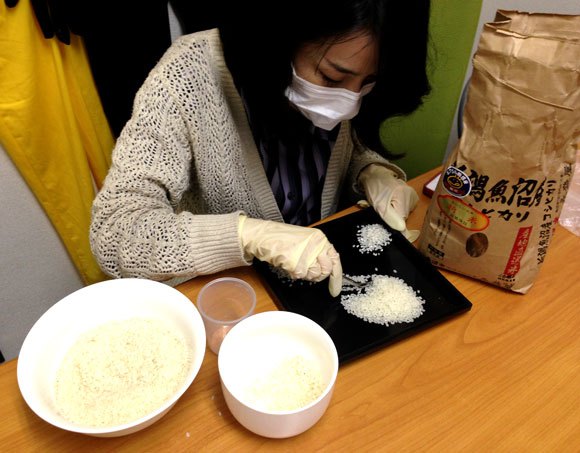
Preparing a delicious bowl of rice is an absolutely essential part of Japanese cuisine, and fortunately for most amateur cooks today’s modern rice cookers have made that task as simple as pressing as button.
While these handy machines can whip up a tasty bowl of rice with little to no effort, we wanted to try out a time-consuming cooking method we learned from the popular food-themed manga Oishinbo. In it, one of the main characters painstakingly examines and sorts each grain of rice to prepare what is described as “a taste you won’t forget in 15 years.” But is all that hard work worth it?
While Oishinbo may have become more infamous lately for its controversial take on the Fukushima nuclear disaster, the well-loved manga has been running since 1983 and centers around the journalist Shiro Yamaoka and the rivalry with his father Yuzan Kaibara. It has been turned into an animated TV series and a film as well.
In the manga and anime TV series episode called “Motenashi no Kokoro,” or “A Heart of Hospitality,” readers learn of a method used by Yuzan Kaibara to make the perfect bowl of rice from even the most average ingredients. Realizing that each grain of rice, with its different shape and size, will ultimately cook unevenly, Yuzan carefully selects the grains of rice in perfect condition and with the same size. The idea is that the grains of rice will cook completely evenly and leave a smoother texture.
▼ The 6th chapter of the 4th bunkoban of Oishinbo is where Yuzan explains his rice sorting method
Our brave rice sorter Megu got to work, preparing herself for what would surely be one of the most tedious and frustrating jobs in her life. Her mission would be to go through every grain of rice, examine each one using a set of tweezers, and find enough grains of the same size and quality to fill up two cups. To make it as easy as possible on her eyes, she used a black plate to contrast with the tiny, white grains of rice.
▼ Megu’s suited up and ready to sort until her eyes fall out
▼ A close up of the rice sorting
▼ A look at some of the chipped, cloudy and ultimately rejected grains of rice
▼ A collection of some of the nice, evenly sized grains of rice
As frustratingly slow as we imagined this process would be, it was much worse in practice. But our champion rice sorter didn’t give up and it took two hours and 10 minutes to sort through enough rice to fill up one cup. We needed two cups to be able to cook enough rice for our tasters to try, so she took a deep breath and powered through.
▼ One full cup of rice with every grain a similar size and quality
▼Megu taking a break before beginning the second cup
▼ Back at work, she got into her groove
Examining and sorting rice must be a learned talent, because Megu managed to shave off quite a bit of time and “only” took an hour and 10 minutes to complete the second cup. Altogether, preparing two cups of rice using the Oishinbo method took three hours, 23 minutes and 55 seconds.
▼ Our rice fancier shows off the fruits of her more than three hours of grueling labor
▼ The sorted rice was beautifully and perfectly even in color, shape and size
▼ The rejected grains of rice are probably still delicious, but definitely not as uniform
The time came to cook the rice. We sent the sorted rice to the rice cooker to see if it would produce something that would make Yuzan Kaibara proud. And we also cooked some unsorted rice to be able to compare the Oishinbo method to the far less time-consuming and more conventional rice cooking method of just scooping a cup out of the rice bag.
▼ A close up of the unsorted rice cooked and ready to eat
▼ The sorted rice, freshly cooked and ready to be eaten to determine if it was worth the three hours, 22 minutes and 55 seconds.
After preparing the rice, we had three eager rice fans volunteer to conduct a blind taste test. The bowls would be the same and they wouldn’t know which one was made with the grains of rice that had been sorted so meticulously.
▼ One of our three taste testers comparing the two bowls of rice
All three of the tasters easily identified the sorted rice, which they said was absolutely delicious. Because all of the grains of rice were the exact same size and evenly cooked, the texture was incredibly smooth and the rice seemed to almost melt in your mouth. Everyone agreed that rice of this degree of perfection deserved to be eaten on its own to fully appreciate the delicate taste.
▼ An even closer look at the sorted rice that made our taste-testers swoon
Sure, this took an obscenely long amount of time and probably caused a huge amount of strain on poor Megu’s eyes, but the taste of the sorted rice was unbelievably delicious. It might not be practical to do every day, but if you really love rice, you might want to try this once in your life. If you try the Oishinbo method, let us know and check out the video below to see more of the rice sorting and tasting.
Video: RocketNews24
All images: RocketNews24
[ Read in Japanese ]

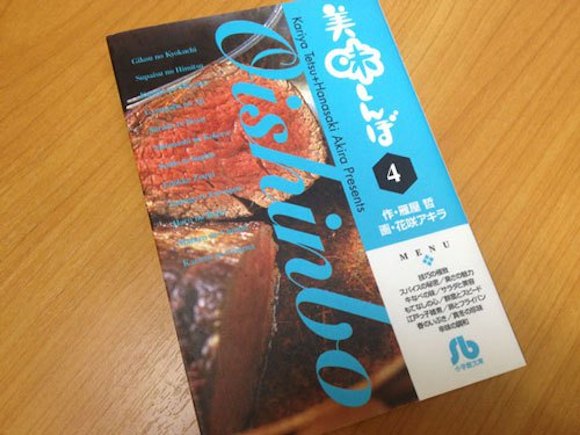
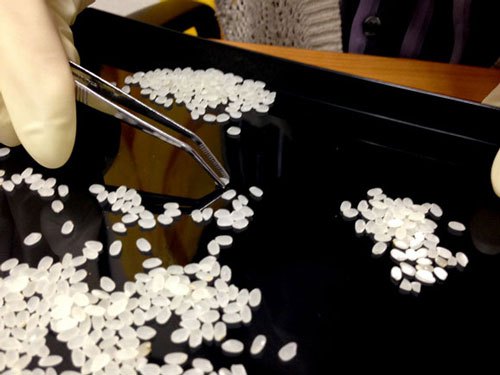
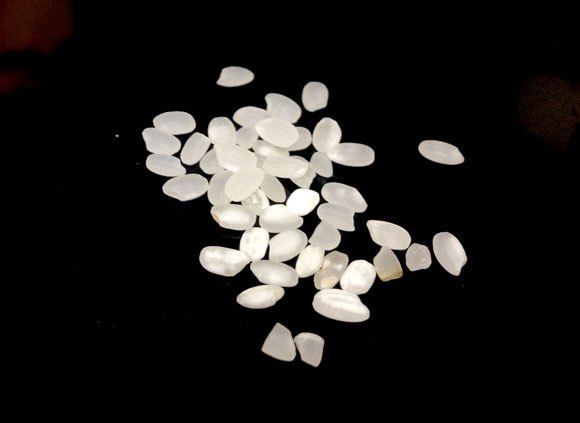

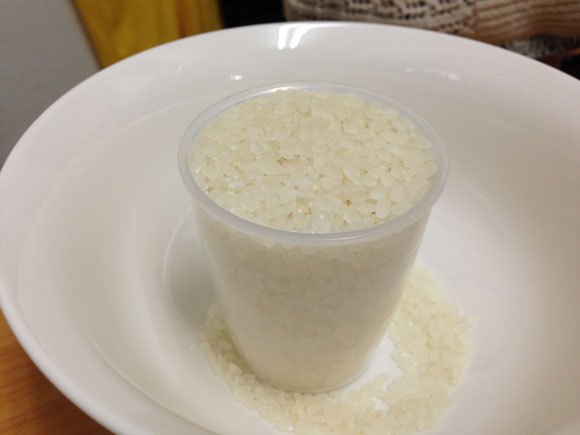
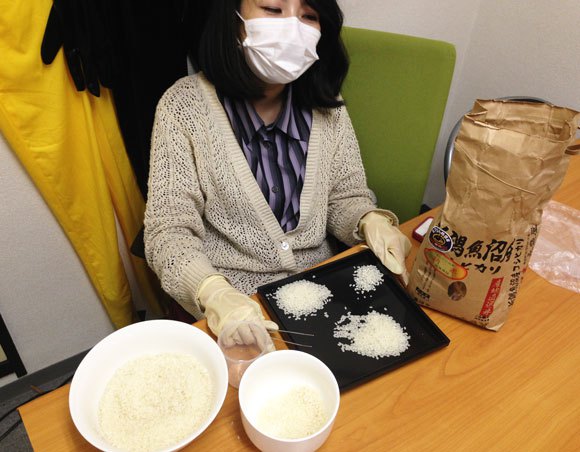
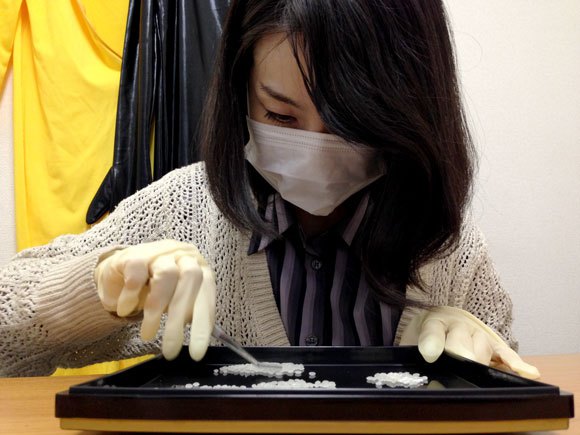
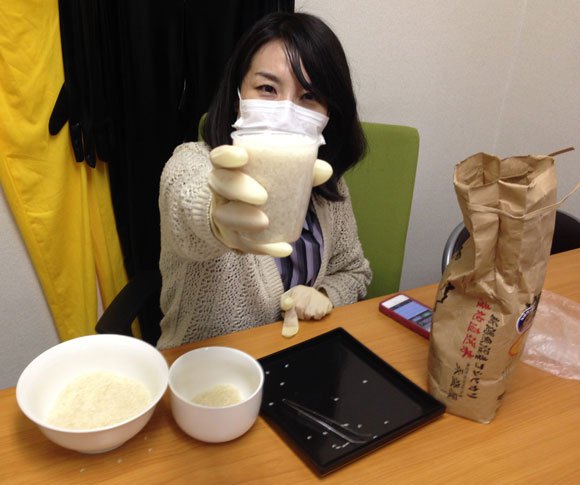
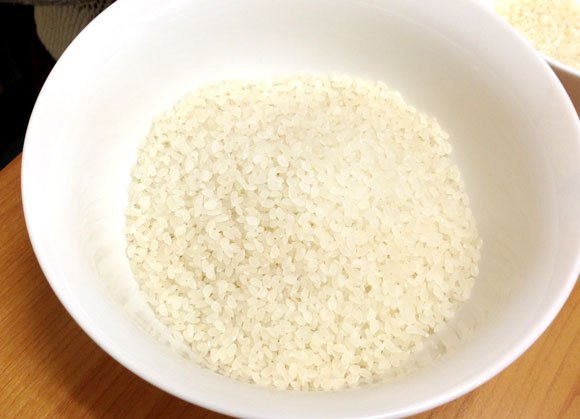
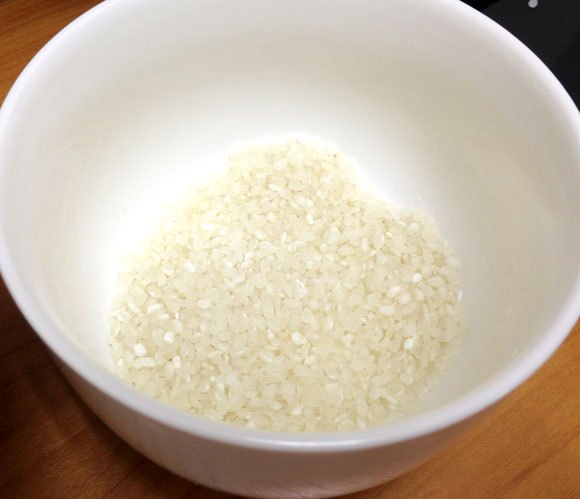
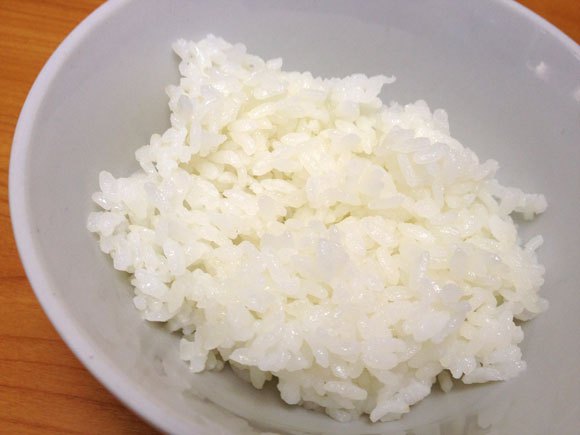
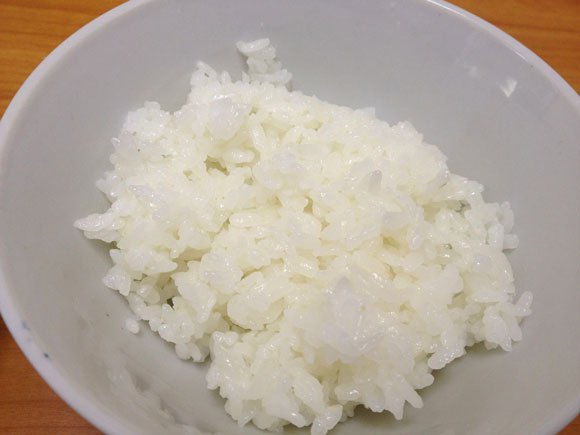
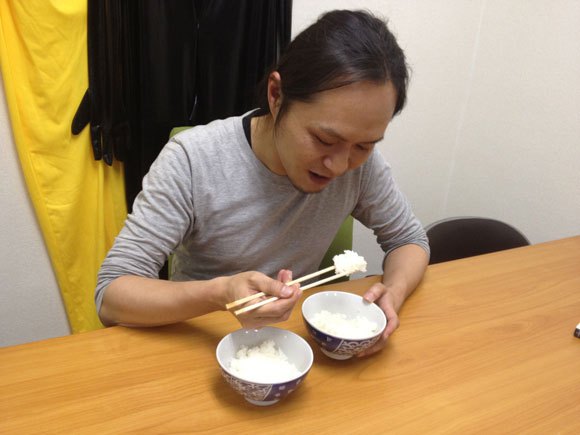
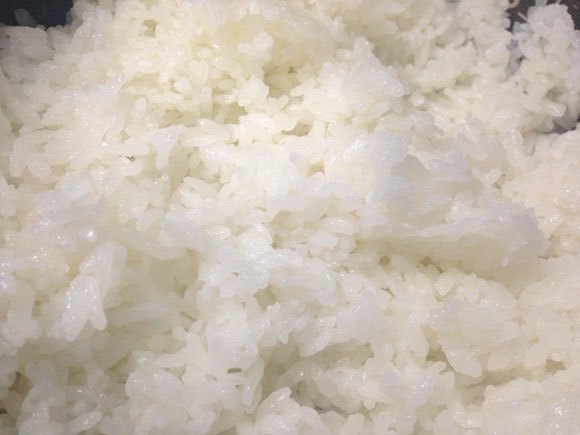
 Eat all of your rice! Culture connections with Japan’s favorite food
Eat all of your rice! Culture connections with Japan’s favorite food We try the recommended way to eat Ippudo’s new instant cup rice…which involves twice the Ippudo
We try the recommended way to eat Ippudo’s new instant cup rice…which involves twice the Ippudo Mr. Sato shows us what happens when you try to cook rice with only eggs 【SoraKitchen】
Mr. Sato shows us what happens when you try to cook rice with only eggs 【SoraKitchen】 How much more expensive is it to use microwave rice packs instead of cooking/freezing your own?
How much more expensive is it to use microwave rice packs instead of cooking/freezing your own? Japan has an awesome one-person bento box rice cooker, and here’s what we made with ours
Japan has an awesome one-person bento box rice cooker, and here’s what we made with ours McDonald’s new Happy Meals offer up cute and practical Sanrio lifestyle goods
McDonald’s new Happy Meals offer up cute and practical Sanrio lifestyle goods All-you-can-drink Starbucks and amazing views part of Tokyo’s new 170 meter-high sky lounge
All-you-can-drink Starbucks and amazing views part of Tokyo’s new 170 meter-high sky lounge Studio Ghibli releases new action figures featuring Nausicaä of the Valley of the Wind characters
Studio Ghibli releases new action figures featuring Nausicaä of the Valley of the Wind characters Studio Ghibli glasses cases let anime characters keep an eye on your spectacles
Studio Ghibli glasses cases let anime characters keep an eye on your spectacles McDonald’s Japan releases a pancake pie for new retro kissaten coffeeshop series
McDonald’s Japan releases a pancake pie for new retro kissaten coffeeshop series Hidden oasis on a Japanese department store rooftop is home to Monet’s Pond in Tokyo
Hidden oasis on a Japanese department store rooftop is home to Monet’s Pond in Tokyo Kyoto’s 100 Demons yokai monster parade returns!
Kyoto’s 100 Demons yokai monster parade returns! Super Nintendo World expansion gets delayed for several months at Universal Studios Japan
Super Nintendo World expansion gets delayed for several months at Universal Studios Japan Hamster abandoned at Tokyo ramen restaurant gets new home
Hamster abandoned at Tokyo ramen restaurant gets new home Hey, Japanese taxi driver! Take us to your favorite restaurant in Tsuruga City!
Hey, Japanese taxi driver! Take us to your favorite restaurant in Tsuruga City! Disney princesses get official manga makeovers for Manga Princess Cafe opening in Tokyo
Disney princesses get official manga makeovers for Manga Princess Cafe opening in Tokyo More foreign tourists than ever before in history visited Japan last month
More foreign tourists than ever before in history visited Japan last month Starbucks reopens at Shibuya Scramble Crossing with new look and design concept
Starbucks reopens at Shibuya Scramble Crossing with new look and design concept Beautiful new Final Fantasy T-shirt collection on the way from Uniqlo【Photos】
Beautiful new Final Fantasy T-shirt collection on the way from Uniqlo【Photos】 Is the new Shinkansen Train Desk ticket worth it?
Is the new Shinkansen Train Desk ticket worth it? Foreign English teachers in Japan pick their favorite Japanese-language phrases【Survey】
Foreign English teachers in Japan pick their favorite Japanese-language phrases【Survey】 Japanese convenience store packs a whole bento into an onigiri rice ball
Japanese convenience store packs a whole bento into an onigiri rice ball We try out “Chan Ramen”, an underground type of ramen popular in the ramen community
We try out “Chan Ramen”, an underground type of ramen popular in the ramen community Studio Ghibli releases Kiki’s Delivery Service chocolate cake pouches in Japan
Studio Ghibli releases Kiki’s Delivery Service chocolate cake pouches in Japan Japan’s bone-breaking and record-breaking roller coaster is permanently shutting down
Japan’s bone-breaking and record-breaking roller coaster is permanently shutting down New definition of “Japanese whiskey” goes into effect to prevent fakes from fooling overseas buyers
New definition of “Japanese whiskey” goes into effect to prevent fakes from fooling overseas buyers Our Japanese reporter visits Costco in the U.S., finds super American and very Japanese things
Our Japanese reporter visits Costco in the U.S., finds super American and very Japanese things Studio Ghibli unveils Mother’s Day gift set that captures the love in My Neighbour Totoro
Studio Ghibli unveils Mother’s Day gift set that captures the love in My Neighbour Totoro Foreign passenger shoves conductor on one of the last full runs for Japan’s Thunderbird train
Foreign passenger shoves conductor on one of the last full runs for Japan’s Thunderbird train Domino’s Japan now sells…pizza ears?
Domino’s Japan now sells…pizza ears? New Japanese KitKat flavour stars Sanrio characters, including Hello Kitty
New Japanese KitKat flavour stars Sanrio characters, including Hello Kitty Kyoto creates new for-tourist buses to address overtourism with higher prices, faster rides
Kyoto creates new for-tourist buses to address overtourism with higher prices, faster rides Sales of Japan’s most convenient train ticket/shopping payment cards suspended indefinitely
Sales of Japan’s most convenient train ticket/shopping payment cards suspended indefinitely Sold-out Studio Ghibli desktop humidifiers are back so Totoro can help you through the dry season
Sold-out Studio Ghibli desktop humidifiers are back so Totoro can help you through the dry season Japanese government to make first change to romanization spelling rules since the 1950s
Japanese government to make first change to romanization spelling rules since the 1950s Ghibli founders Toshio Suzuki and Hayao Miyazaki contribute to Japanese whisky Totoro label design
Ghibli founders Toshio Suzuki and Hayao Miyazaki contribute to Japanese whisky Totoro label design Doraemon found buried at sea as scene from 1993 anime becomes real life【Photos】
Doraemon found buried at sea as scene from 1993 anime becomes real life【Photos】 Tokyo’s most famous Starbucks is closed
Tokyo’s most famous Starbucks is closed One Piece characters’ nationalities revealed, but fans have mixed opinions
One Piece characters’ nationalities revealed, but fans have mixed opinions We asked a Uniqlo employee what four things we should buy and their suggestions didn’t disappoint
We asked a Uniqlo employee what four things we should buy and their suggestions didn’t disappoint Princesses, fruits, and blacksmiths: Study reveals the 30 most unusual family names in Japan
Princesses, fruits, and blacksmiths: Study reveals the 30 most unusual family names in Japan Why throw away your leftover ramen broth when you can use it to make awesome ramen rice instead?
Why throw away your leftover ramen broth when you can use it to make awesome ramen rice instead? We try out “instant rice balls”, prepared with water, to see if they’re actually tasty
We try out “instant rice balls”, prepared with water, to see if they’re actually tasty This all-rice meal is the dream dinner for carb loading
This all-rice meal is the dream dinner for carb loading Rice cooker cooking: Bacon onion rice is amazingly easy, awesomely delicious
Rice cooker cooking: Bacon onion rice is amazingly easy, awesomely delicious Did you know your rice cooker is also a ramen rice cooker?【SoraKitchen】
Did you know your rice cooker is also a ramen rice cooker?【SoraKitchen】 New Japanese bowl-shaped donburi rice cooker cooks rice and toppings at the same time
New Japanese bowl-shaped donburi rice cooker cooks rice and toppings at the same time How to make a delicious tempura nothing bowl without any actual cooking【SoraKitchen】
How to make a delicious tempura nothing bowl without any actual cooking【SoraKitchen】 How do other flavors of ice cream rice compare to Meiji’s matcha ice cream rice recipe?
How do other flavors of ice cream rice compare to Meiji’s matcha ice cream rice recipe? Kid trampling, surly schoolgirls, and dancing grains of rice: Cup rice ad is classic crazy Japan
Kid trampling, surly schoolgirls, and dancing grains of rice: Cup rice ad is classic crazy Japan Our reporter orders food from Uber Eats, falls in love, learns that fate works in mysterious ways
Our reporter orders food from Uber Eats, falls in love, learns that fate works in mysterious ways Which Japanese convenience store has the best plain onigiri rice balls?
Which Japanese convenience store has the best plain onigiri rice balls? Should you warm up your convenience store onigiri rice balls in the microwave?【Taste test】
Should you warm up your convenience store onigiri rice balls in the microwave?【Taste test】 No one asked but we did it anyways: MOS rice patty burgers X ochazuke【Taste test】
No one asked but we did it anyways: MOS rice patty burgers X ochazuke【Taste test】 This crazy plastic sushi model has 366 pieces, which actually makes a lot of sense【Photos】
This crazy plastic sushi model has 366 pieces, which actually makes a lot of sense【Photos】 Kaki gohan – A super-easy, super-tasty rice cooker treat to make this autumn【Recipe】
Kaki gohan – A super-easy, super-tasty rice cooker treat to make this autumn【Recipe】
Leave a Reply